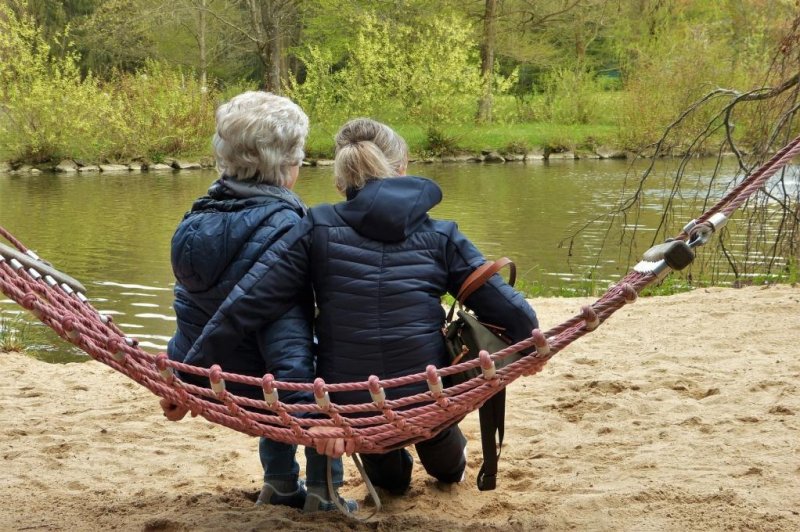
St. Louis Public School art teacher Carolyn Bryant of Patrick Henry School, waves as a car passes at St. Louis Public School headquarters on July 13. Several United Nations agencies said Monday the world needs to invest more in education. Photo by Bill Greenblatt/UPI | License Photo
Oct. 5 (UPI) -- Now is the time to reimagine education around the world to make it more equitable for everyone, several United Nations agencies and their partners said in a joint statement Monday celebrating World Teachers' Day.
While the coronavirus pandemic has exacerbated inequities, the statement said teachers have led the way in innovation and creativity to serve students despite the limitations.
"In this crisis, teachers have shown, as they have done so often, great leadership and innovation in ensuring that #LearningNeverStops, that no learner is left behind," said the statement from Audrey Azoulay of UNESCO, Guy Ryder of the International Labor Organization, Henrietta H. Fore of UNICEF and David Edwards of Education International.
The statement said teachers have "individually and collectively" worked to find solutions and create environments where students could learn safely during the pandemic.
"Their role advising on school reopening plans and supporting students with the return to school is just as important," the statement said.
The United Nations said the pandemic forced the school closures for more than 90% of the student population globally. It said it has had "devastating consequences" for those living on the margins around the world.
"We now need to think beyond COVID-19 and work to build greater resilience in our education systems, so we can respond quickly and effectively to these and other such crises," the joint statement said. "Without urgent action and increased investment, a learning crisis could turn into a learning catastrophe."
RELATED Many students, teachers live with family at high risk for COVID-19
The partners called on increased investments into education around the world, upgrading educational education opportunities globally and protecting the safety and wellbeing of educators.










